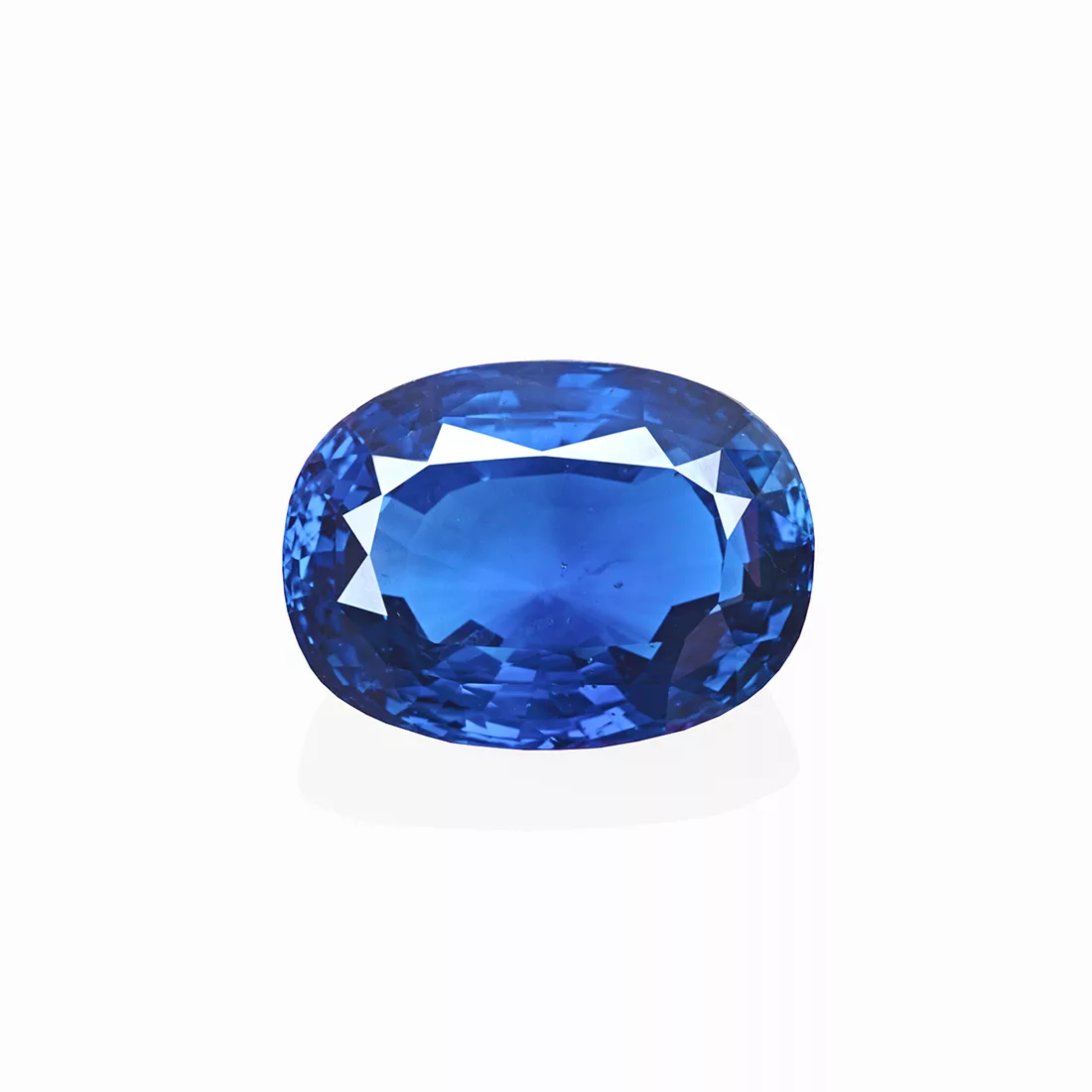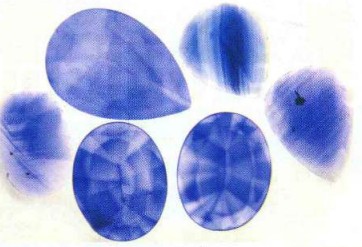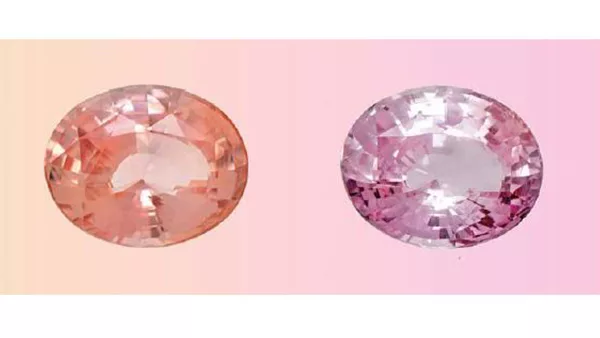
Ti-diffusion treated sapphire cabochons
by Dr. M.S. Krzemnicki, first published in Facette 28 (May 2023)
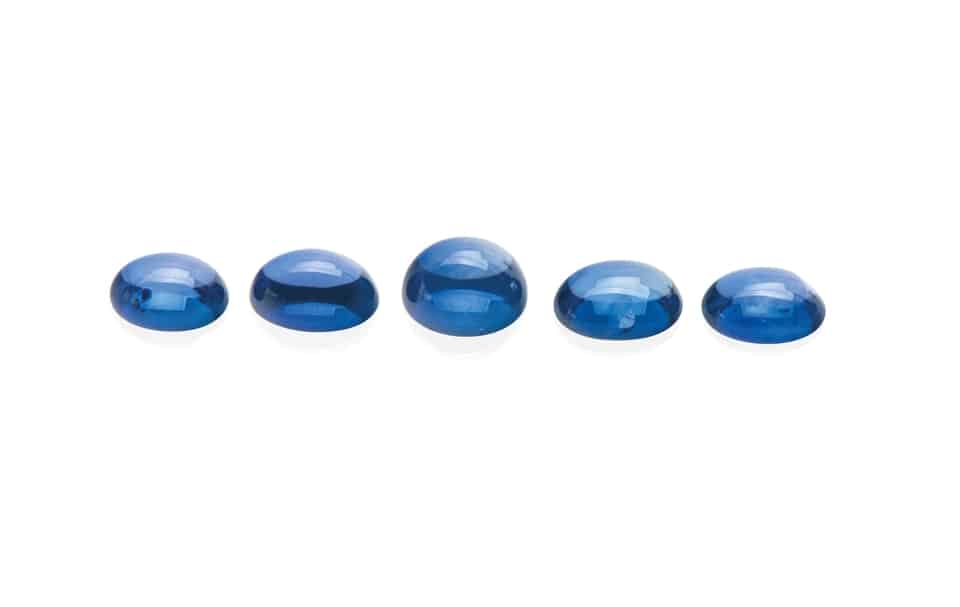
Titanium diffusion treatment is known since decades: it can lead to a surface-related blue colour in corundum. Basically, this treatment is a heating process requiring high temperatures in combination with titanium (oxide) as an additive. During the treatment, titanium atoms penetrate into a superficial layer of corundum. By pairing with bivalent iron (already present as a trace element in the corundum structure), a strong blue colour is achieved by intervalence charge transfer (Ti4+ – Fe2+ IVCT) within this superficial layer in the corundum.
The artificial creation of colour by adding an element (in this case titanium) from an external source has to be fully disclosed throughout the trade and to the final consumer (CIBJO). Even more so, as this sapphire-blue colour layer at the surface of corundum is commonly only a fraction of a millimetre thick and would be completely lost during re-cutting.
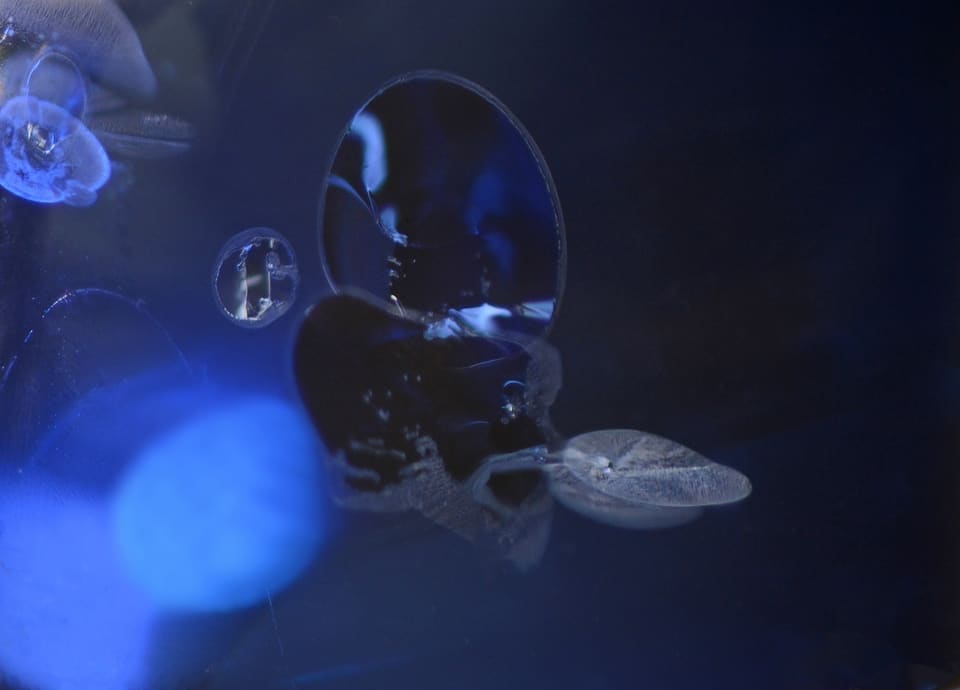
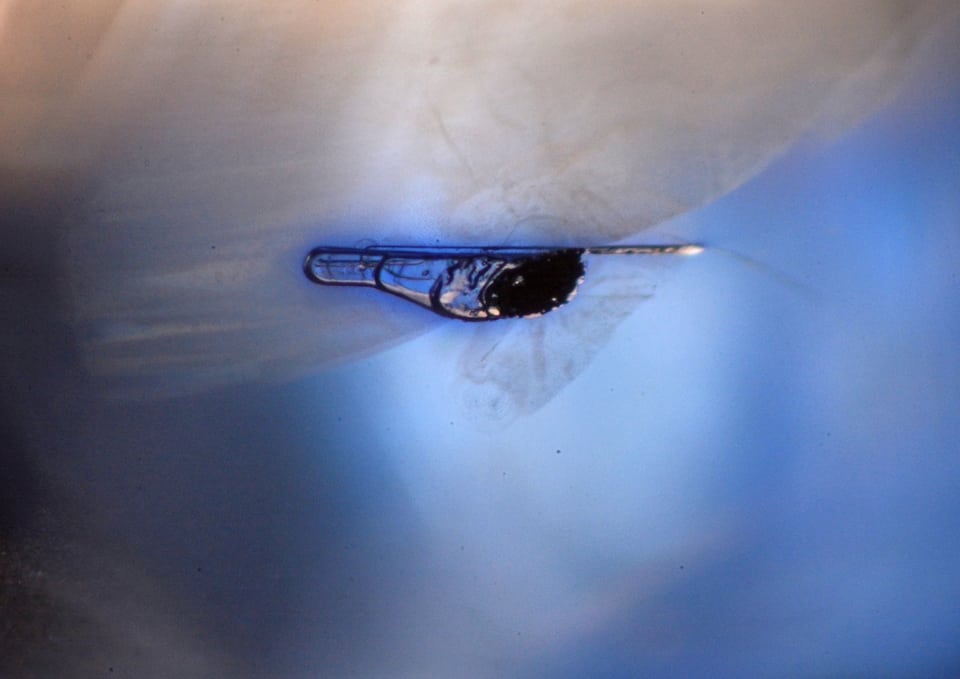
Want to learn more about sapphires?
Start your journey to becoming a sapphire expert with our free online course “Introduction to sapphires”. Learn all about sapphires. Their fascinating history, how they form, where they come from. Learn about all the different origins of sapphires and their treatments. Take this course as an introduction to the wonderful world of sapphires.
